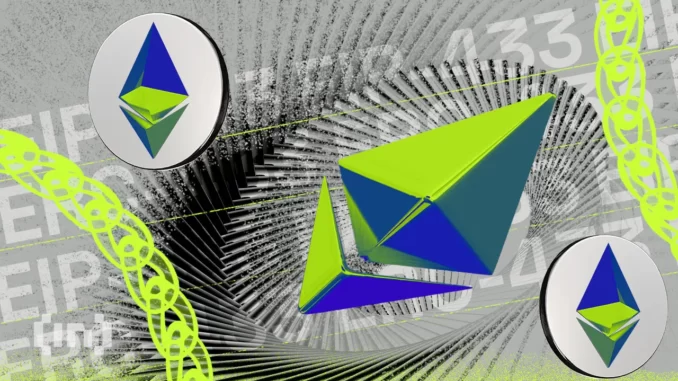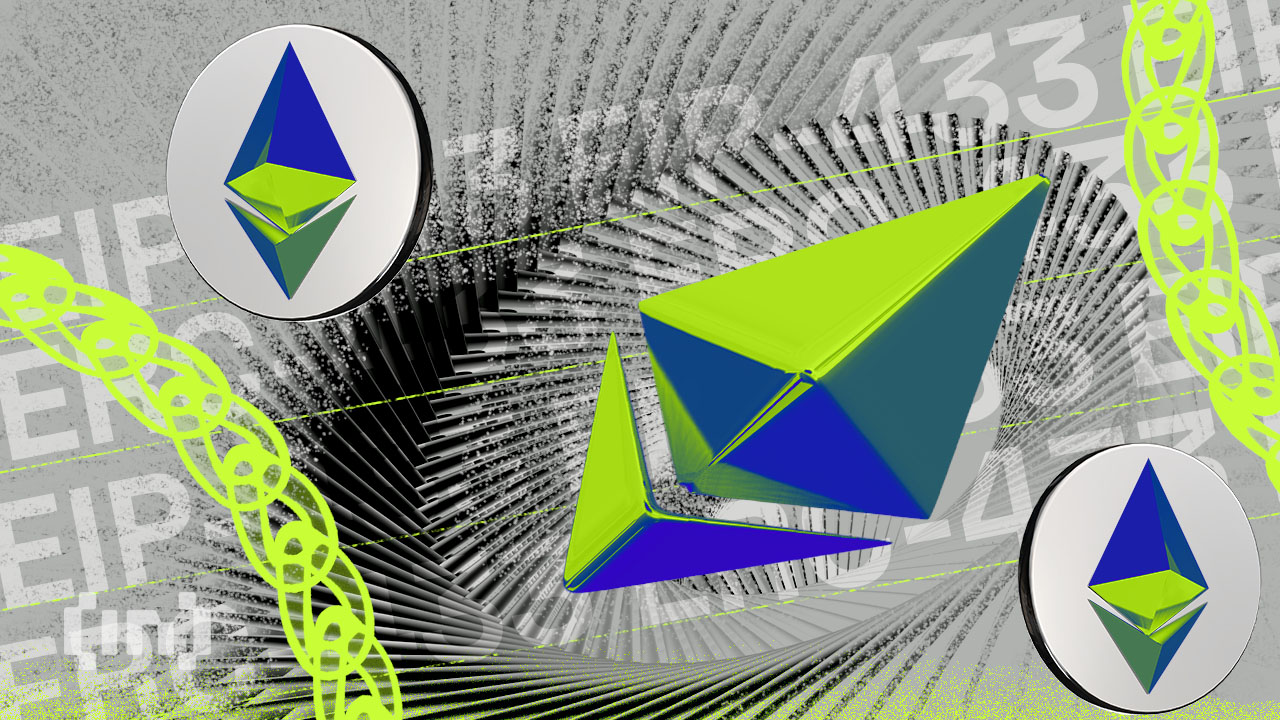

This week, after the end of a major industry conference, everyone in the crypto sphere is talking about account abstraction, smart contract wallets, and the new Ethereum upgrade, ERC-4337. What are they, and why is everyone so excited?
One of crypto’s longstanding foibles is its lack of user-friendliness. Even for seasoned tech veterans, setting up your first wallet and sending your first crypto can be an irksome task. Then there’s the difference between chains, and what the difference is between a token and a coin. The learning curve is steep, and as any crypto native will tell you, the complexity doesn’t stop the deeper you dig.
ERC-4337: Making Web3 More User-Friendly
For a long time, those in crypto and blockchain have been trying to simplify things. At the sixth annual Ethereum Community Conference (EthCC) in Paris, which wrapped up Thursday, attendees and speakers focused on precisely that.
The Ethereum Foundation first confirmed the ERC-4337 update in March, but discussions about the change peaked in the last week.
Put simply, ERC-4337 enables account abstraction. A term, in blockchain, used to describe simplifying wallet use and ownership.
Currently, users are constantly interacting with the underlying technical details of the blockchain whether they like it or not. Frankly, most would rather avoid the complicated stuff altogether.
Account abstraction provides a means to transform the cryptocurrency experience into something simpler. Think of a user-friendly analogue to owning and managing an email account. In other words, something that is second nature and doesn’t require protracted study.
When deployed, account abstraction will enable users to log in to their wallet with an email, Google account, or phone number.
As well as treat their web3 “accounts” as they would their Web2 accounts. That means the ability to recover your wallet if you lose your keys, set limits and budgets on your spending, and session keys, which remember your wallet without the need for signing in to each Web3 dApp.
An Industry Race to Make Things Simpler
In the view of Ryan Li, co-founder of CyberConnect, the goal is to “abstract away the complexities of crypto wallets like network switching, cryptographic signatures, private key management, etc.”
“The fundamental thing about ERC-4337 and the user experience benefits it introduces is that it allows users to use smart contracts instead of their EOA (Externally Owned Account) wallets as their primary account. It does not require any changes to the blockchain itself,” Li told BeInCrypto.
The race for successful and seamless UX will be a key industry feature for a while, said Vasily Rudonamov, Product Director at Chainstack. People in the industry understand that the developer and promoter of an effective solution will win over new users, he said. And the competition for users is heating up.
Rudonamov went onto predict that the next phase of innovation will be paying for gas with tokens. Here, users will have plenty of choices. The tokens might be USDT, USDC, or one of any number of others.
“Or you may not even pay a gas fee at all because you can rely on solutions like Paymaster, which enables third-party mechanisms that can cover your gas fee when you’re interacting with the blockchain,” he added.
Disclaimer
In adherence to the Trust Project guidelines, BeInCrypto is committed to unbiased, transparent reporting. This news article aims to provide accurate, timely information. However, readers are advised to verify facts independently and consult with a professional before making any decisions based on this content.

Leave a Reply